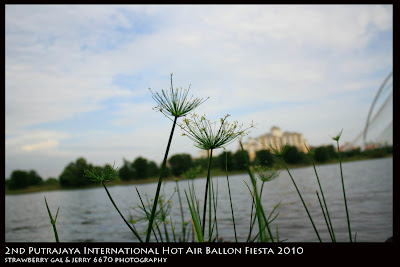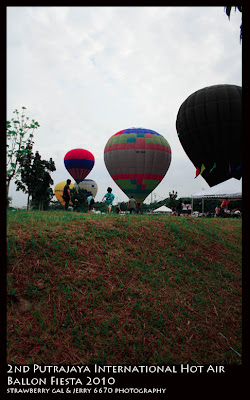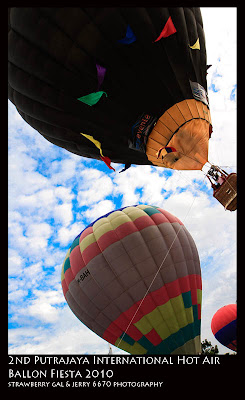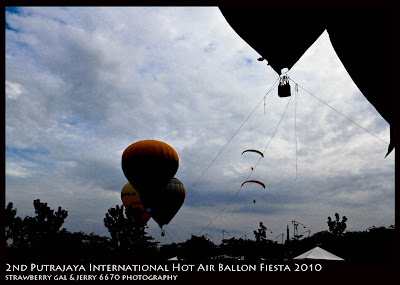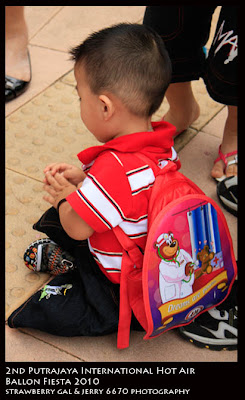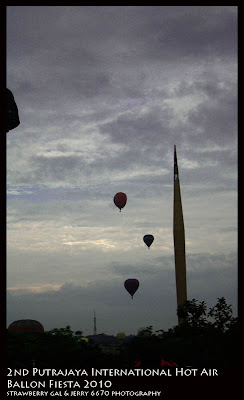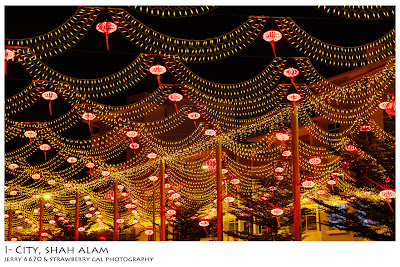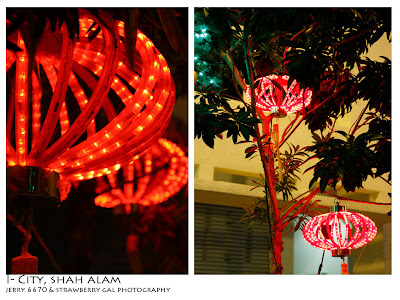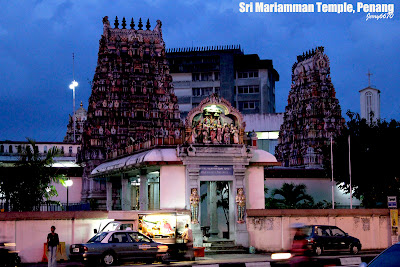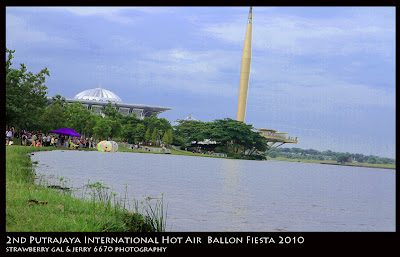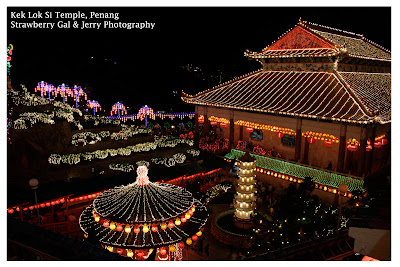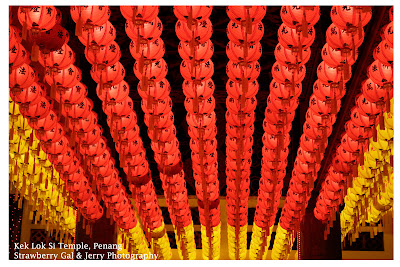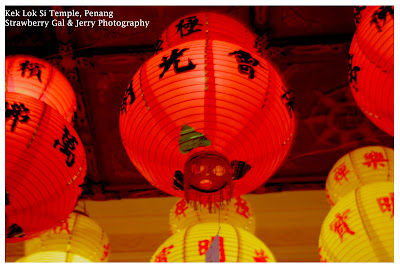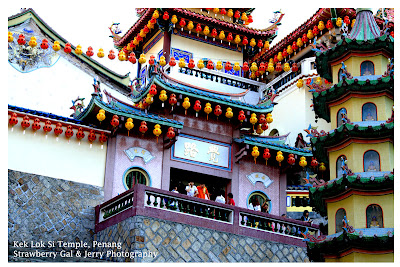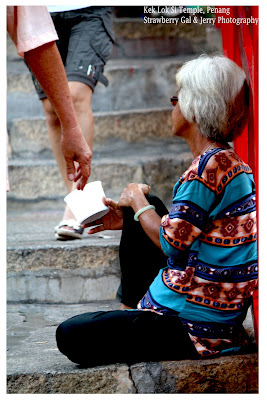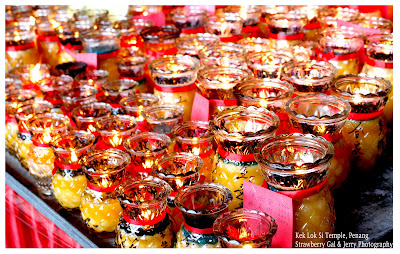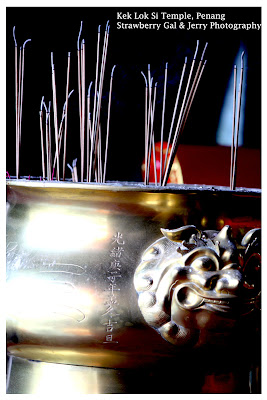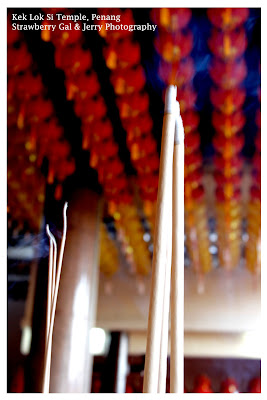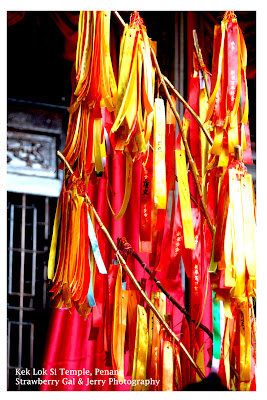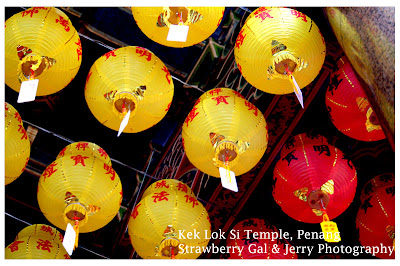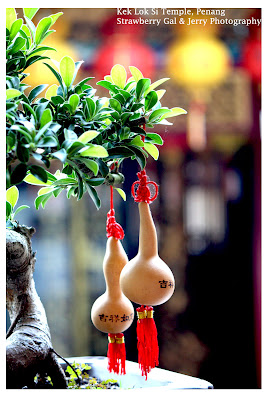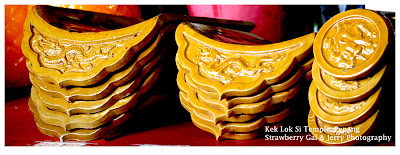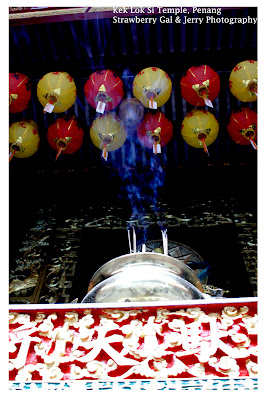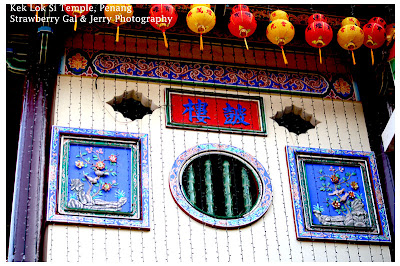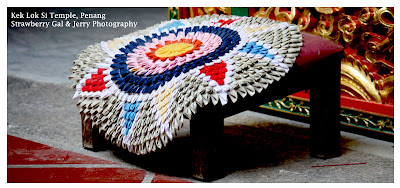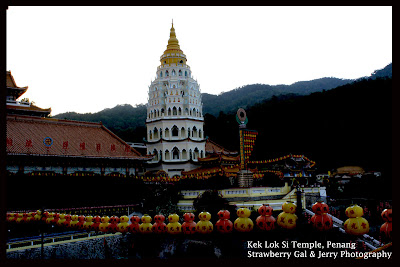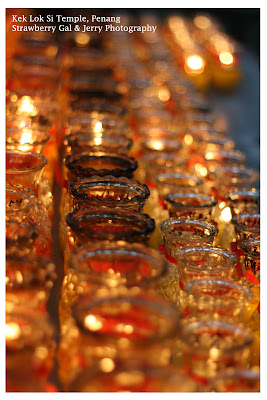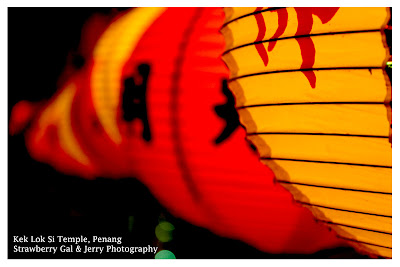Zoom Malaysia
Friday, July 23, 2010
I-City

I-City located in Shah Alam, Selangor is known as the city of digital lights. It is recognised at the first lightscape tourism destination in Malaysia with state-of- the-art LED technology showcase.
The digital city includes trendy shopping streets and equipped with a theme park to cater to visitors' looking for a place to unwind.
The township accommodates high-tech infrastructure allowing for a unique display of digital lights. These attractions are located at CityPark and CityWalk.
You can chill in the park, view the wonderful sculptures and experience a whole new world with its dazzling light showcase. It is ideal for the whole family.
Do bring a camera to capture the wonderful and majestic light displays. It is truly magicalSaturday, June 12, 2010
The Sri Mariamman Temple
Built in 1833, the Sri Mariamman Temple is the oldest Hindu temple in Penang, Malaysia, and features fascinating sculptures of gods and goddesses over its main entrance and facade.
From its inception, the temple provided an important place of worship for early Indian immigrants and is now an important cultural and national heritage.
The Sri Mariamman Temple is open daily from 8.00 am - 12.00 noon and 4.00 pm - 9.00 pm
Monday, June 7, 2010
Mercu Tanda
The Putrajaya Landmark or Mercu Tanda is the first landmark in Putrajaya where the site of federal administrative centre was established here in 1995. It is located in Putra Perdana Park (which happens to be the highest point in Precinct 1 of Putrajaya, Malaysia). The Putrajaya Landmark symbolises the beginnings of Putrajaya with its time capsule structure. Its design is a combination of a high-technology theme and the use of contemporary and traditional motifs. Plaza Mercu or Landmark Plaza, is landscaped with trees and water fountains. The Perdana Mall are pedestrian walkways linking the Landmark and Entrance Plaza to Cascade Plaza, Fragrant Garden, gazebos and pergolas.
(From Wikipedia)
Sunday, May 16, 2010
Kuan Yin Temple
One of the oldest Chinese temples in Penang, the Kuan Yin Teng or the Goddess of Mercy Temple was built in 1800 by early immigrant settlers from China and land given by the East India Company and originally named Kong Hock Keong or the Cantonese-Hokkien Temple, as it was jointly established by both clans. But just as mercy knows no bounds, the temple has come to be known by the name of its patron saint and its devotees include Chinese from any clan and all walks of life. The most popular Chinese temple in Penang, it is congested on the full moon days of the1st and 15th day of the Chinese lunar month, holy days for the observance of precepts. On the three enlightenment days of Kuan Yin, the 19th day of the 2nd, 6th and 9th Chinese lunar month, the whole temple is brimming with devotees and visitors who turn up for worship and also to join in the celebrations and watch the puppet shows and Chinese operas staged on the temple's open grounds.
The cobbled square in front of the temple is a comforting sight with the burning of kim and gin (gold and silver paper), feeding of a lively flock of pigeons, burning of incense and joss paper and also with the bustling about by the temple hawkers. It is also here that the followers of Hare Krishnan distribute food free to the homeless, beggars and the hungry regardless of race. At a corner of the same square is a well, shaped in an octagon, which was once a public well for the Chinese community.
It is interesting to know that although mercy and heavens know no bounds, the devotees of the temple consider the temple to be of important geomantic significance. When the Malayan Railway was built in 1907 with a huge clock tower, the Chinese community saw it as a conspiracy against them as the feng shui of the temple would then undergo a change! But a more likely explanation would be that the temple's pair of stone lions who loved to play out at the sea's edge at night would then be without their enjoyment.
Opening Hours: Early morning to late evening
The cobbled square in front of the temple is a comforting sight with the burning of kim and gin (gold and silver paper), feeding of a lively flock of pigeons, burning of incense and joss paper and also with the bustling about by the temple hawkers. It is also here that the followers of Hare Krishnan distribute food free to the homeless, beggars and the hungry regardless of race. At a corner of the same square is a well, shaped in an octagon, which was once a public well for the Chinese community.
It is interesting to know that although mercy and heavens know no bounds, the devotees of the temple consider the temple to be of important geomantic significance. When the Malayan Railway was built in 1907 with a huge clock tower, the Chinese community saw it as a conspiracy against them as the feng shui of the temple would then undergo a change! But a more likely explanation would be that the temple's pair of stone lions who loved to play out at the sea's edge at night would then be without their enjoyment.
Opening Hours: Early morning to late evening
Penang Khoo Kongsi
The Khoo Kongsi (邱公司) is a large Chinese clanhouse with elaborate and highly ornamented architecture, a mark of the dominant presence of the Chinese in Penang. The famous Khoo Kongsi is the grandest clan temple in the country. It is also one of the city's major historic attraction. The clan temple has retained its authentic historic setting, which includes an association building, a traditional theatre and the late 19th century rowhouses for clan members, all clustered around a granite-paved square. It is located in Cannon Square in the heart of the oldest part of the city of George Town, in the midst of narrow, winding lanes and quaint-looking pre-War houses exuding a palpable old world charm.
The Khoo Kongsi is a clan association of the Leong San Tong (Dragon Mountain Hall) clan, whose forefathers came from Sin Kang clan village in Hokkien province. The Khoos were among the wealthy Straits Chinese traders of 17th century Malacca and early Penang. In the 19th century, the clan complex resembled a miniature clan village, with its own self-government as well as educational, financial, welfare and social organisations. The clan temple was built in 1906 when the Khoo clan was at the height of wealth and eminence in Penang society.
The forefathers of the Khoo family who emigrated from South China built it as a clanhouse for members of the Khoo family in 1851. It was burnt down in 1894, allegedly struck by lightning, and the Chinese believed that it was due to its resemblance to the Emperor's palace, which provoked the gods. A scaled-down version was later built in 1902 and completed in 1906. Even so, the complex boasts a magnificent hall embellished with intricate carvings and richly ornamented beams of the finest wood bearing the mark of master craftsmen from China. The clan temple is dedicated to the clan's patron deities and also houses a collection of ancestral tablets. Chinese operas are still staged at the theatre during the seventh lunar month. They are a wonderful cultural experience worth witnessing.
Like many such clan associations in South East Asia, Khoo Kongsi is no longer the center of important social activities and functions that it once held. Different strategies and ideas are being implemented to redefine the place of clan associations in the 21st century.
Saturday, May 8, 2010
Kek Lok Si Temple
The Kek Lok Si Temple (Penang Hokkien for "Temple of Supreme Bliss" or "Temple of Sukhavati"; Simplified Chinese: 极乐寺; Traditional Chinese: 極樂寺) is a Buddhist temple situated in Air Itam in Penang and is one of the best known temples on the island. It is the largest Buddhist temple in Southeast Asia.
Subscribe to:
Comments (Atom)
